Lens Defects...
Or, how bad is "bad"?

The Camera
Usually, when we buy a used camera, we check out all the mechanics, giving it the once over to
check out things like shutter speeds, and to see if the meter works. This usually takes only a
minute or two to satisfy us. If all the shutter speeds fire, and sound "about right", if the aperture
opens and closes without any sticky spots, and the meter registers varying levels of light at different
values, and the camera winds on as it should, we have probably done what we can to ensure a good
buy. But then the obsessing starts. We have a tendency to give the glass a good hard look. Nothing
wrong with that. After all, the camera is just the thing that holds the lens, but the lens itself is the
big deal. Without adhering to a certain formula and quality guide in materials, you might as well
be shooting your photos through the bottom of a Coke bottle, right? So, we open the shutter, (or
remove the lens from the camera) and have a good eyeball session with the glass. We check it
for the smallest nick or scratch. Get out the loupe and scrutinize the inner elements for fungus
and haze. Strain our eyes searching for the tiny hairs we call cleaning marks.
But how good does a lens have to be before it's good enough? Well, I wondered about that too.
I buy a lot of old cameras from various sources just for the purpose of fixing them up. Mostly, I'm
in search of a good deal on a camera that may have a small problem that I can set right. Then,
after I've fixed the trouble (if I'm able) and given the camera a good cleaning,
I'll sell it as a good user, and the cycle continues. I just like the idea of getting an oldie back
into action. Some cameras have more problems than others, but I rarely come across
one that's a total loss.
So, to the subject of the page header. The camera featured here is one I came across in a
box of junk. It was dirty, and the shutter and self timer didn't work. The body was cherry though,
except for the tape someone had used to attach exposure tables on the back. Now, before I
make a project of a camera, I always check the lens. Except for this time. I pulled the elements
out of the shutter and never even looked at them until I had the rest of the camera all fixed up.
When I had the body and ready for the shutter reinstall, I started cleaning and replacing the elements.
Rear element: Good. Center element: Good. Front element: Not Good....at all!
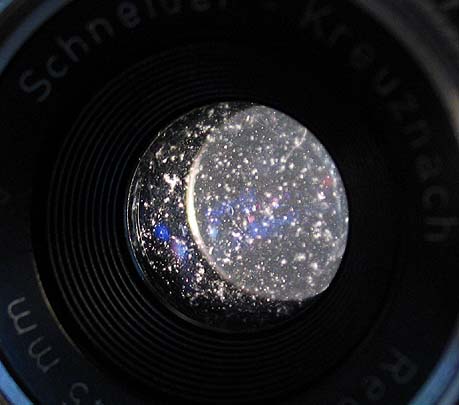
How on earth did I miss that! Dunno. But I'd come this far, so I reset the focus, (heck, why not,
I was done now!), and loaded up with film for a mercy test. This is what I got...
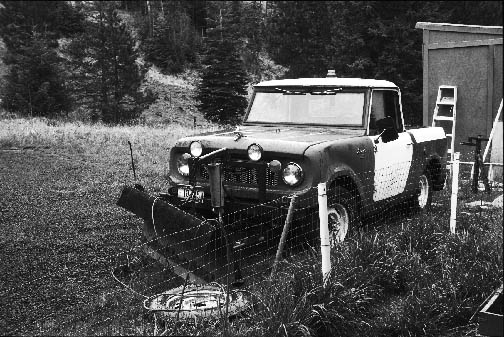
I had to check and see if I had grabbed the wrong camera. Surly nothing could get
through all that stuff that's permanently attached itself to the front element.
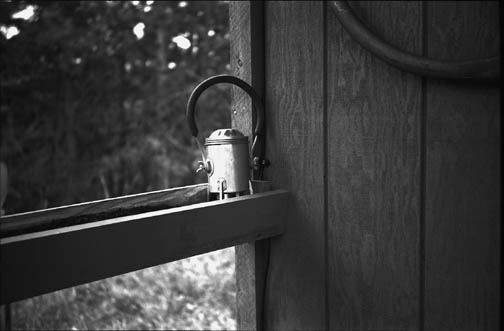
Full frame, lens wide open (f3.5)
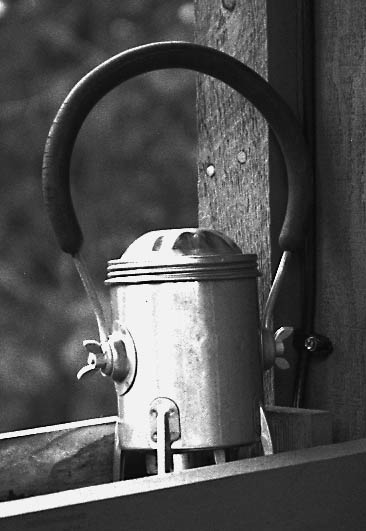
Crop from the above shot.
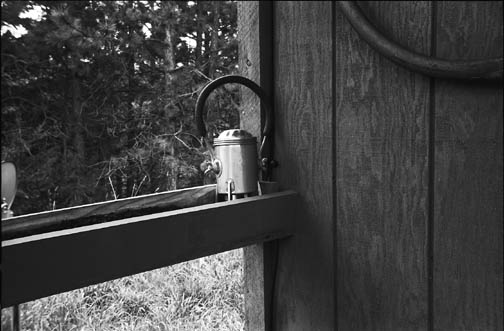
Same shot at f16
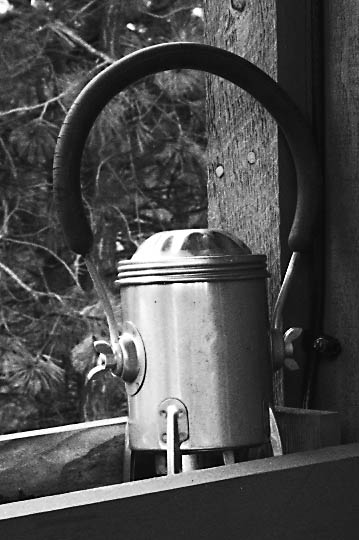
Crop from the f16 shot
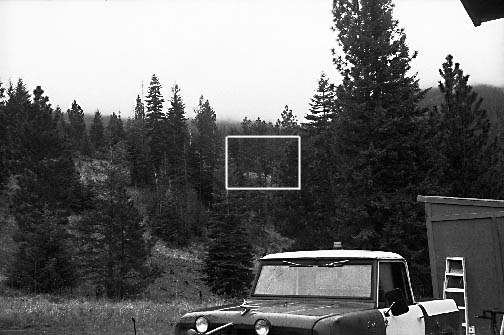
Inside the little box are a couple of power lines. They are about 130 yards away.
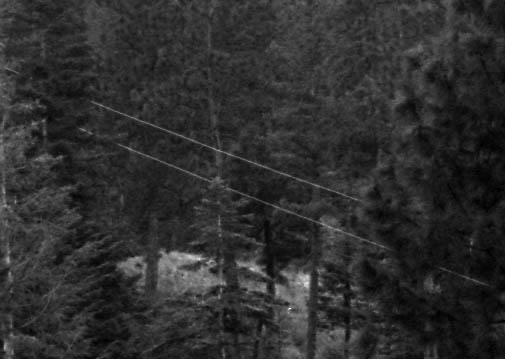
The crop from the inset above. This shot was at f8.
I was very surprised by these. Go back up near the top of the page and look at the element again.
There doesn't seem to be half a square millimeter in that element that doesn't have some kind
of crud attached. This lens, at its best is a simple three element front cell focusing Schneider.
Even in it's current condition, it's not half bad. This particular type of Schneider doesn't get much
sharper than this when they are in good condition. A little... maybe.
Considering all the stuff a lens could have on it, and still perform well enough for casual
shooting, I'm going to rethink turning down a lens just because of a tiny speck of dust
next time I'm in the market for one. I'd never try to sell this camera to someone who
didn't know about that front element problem. But I wouldn't hesitate to carry it around
as a knock-about camera. Just the thing for banging around the woods.
After all, how much worse could it get?
Details:
Camera: Kodak Retinette (1A I think)
Lens: Schneider Kreuznach Reomar F3.5 45mm Zone Focus
Shutter: Compur Rapid
Film: Ilford Pan F developed in Acufine 4 minutes.
Tripod and a hand held light meter used for all photos.
Check out Part 2 of the Dirty Lens Test
to see how it did with color film.
deansphotographica.com
deansofidaho.com
deanw@bmi.net
6-05
© 2005 Dean Williams